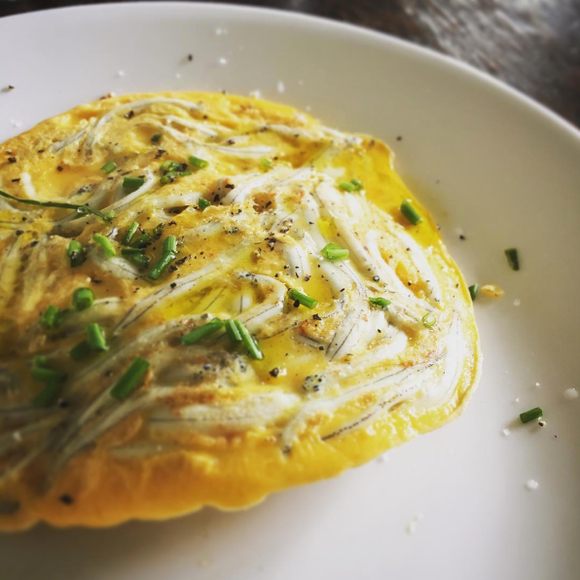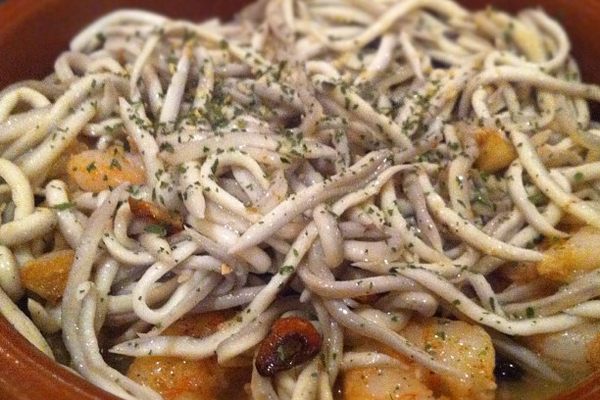They’re small fish with a big reputation. Along with the book Whitebaiters Never Lie: Exploring an Iconic New Zealand Culture, the New Zealand Tourism Guide calls whitebait “one of the most prized seafood delicacies in the country.”
Europeans probably picture small herring when they hear the word whitebait, but in New Zealand, they’re narrow fish with forked tails that live in freshwater once they’ve matured. Kiwi whitebait can be any of five species from the Galaxiidae family: inanga, banded kokopu, koaro, shortjaw kokopu, and giant kokopu. Inanga make up most of the whitebait catch in New Zealand, but at a couple inches long each, it’s hard to tell one species from another.
Fishermen hunt for whitebait using handheld nets to lure them from the riverbed. It’s a notoriously difficult, albeit lucrative, job. Limited riverbank real estate and a small seasonal window for fishing only add to whitebait’s status as a delicacy.
New Zealanders prepare the little fish by pan-frying it with beaten eggs, butter, salt, pepper, and lemon juice. Whitebait’s delicate flavor is easily overpowered by other ingredients, so a whole handful get thrown into each fritter. The fishy combination is cooked into an omelette—not that anyone calls it that. Traditional whitebait fritters aren’t really fritters since they don’t contain flour.
Yes, there are bigger fish to fry. New Zealanders would just rather go for thousands of tiny ones.
Written By
 rachelrummel
rachelrummel

















